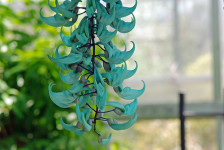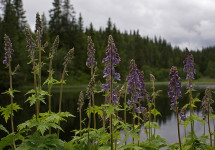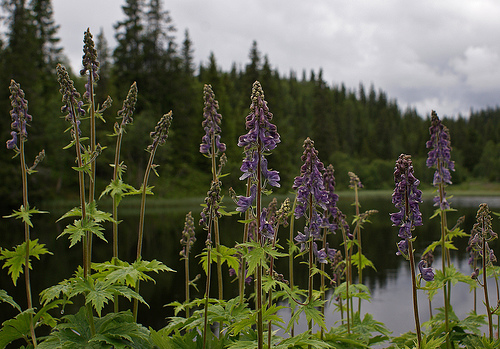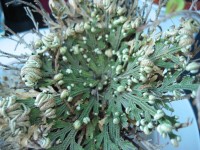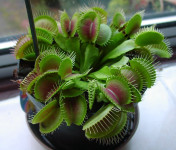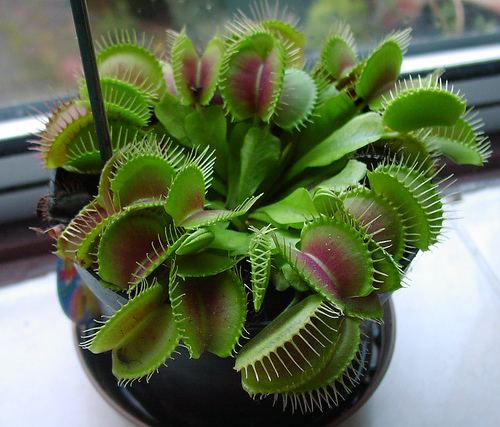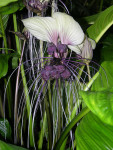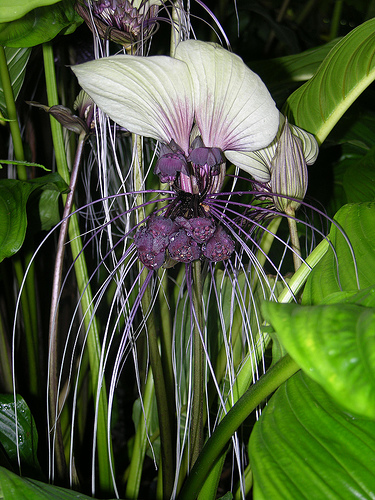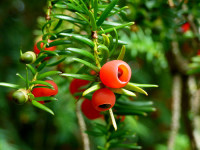
English yews rank up there with other ancient trees.
- English yews are a species of evergreen tree, native to North Africa, Europe, and the Middle East.
- The scientific name of the English yew is Taxus baccata and it is from the family Taxaceae, the family of yews.
- ‘English yews’ are also known as ‘European yews’ and ‘common yews’; and they are a type of conifer that have been commonly grown on church properties and in cemeteries.
- English yew trees can grow to be 10 to 30 metres (33 to 98 feet) in height, while its trunk can be as large as 2 metres (6.6 ft) in diameter or more.
- It is not uncommon for English yews to be 400 to 600 years old; however they can be much older, with trees in existence estimated to be 2000 years old or more.
English Yew
Image courtesy of grassrootsgroundwell/Flickr
- The English yew is used ornamentally in many gardens, often as a clipped hedge or topiary, and it can be grown as a bonsai.
- English yews are best grown in sunny to partly shady locations; and they have small narrow leaves that are green in colour, that can grow to a length of 3 cm (1.2 inches).
- The seed of an English yew is brown, with a bright red fleshy fruit surrounding it, and the fruit is roughly 0.8 to 1.5 centimetres (0.3 to 0.6 inches) in diameter.
- The leaves, bark, seeds, and other parts of English yews, excluding the flesh of the red fruit, is very poisonous and potentially fatal to humans and animals, and they can cause headaches, rashes, breathing issues, joint pain and cardiac arrest, although symptoms may be absent.
- The wood of English yews is a flexible, hard softwood, that is of a quality suitable for woodworking, including the construction of bows and musical instruments.




